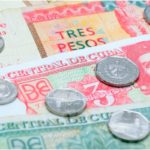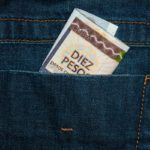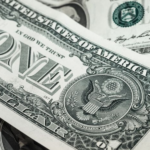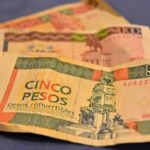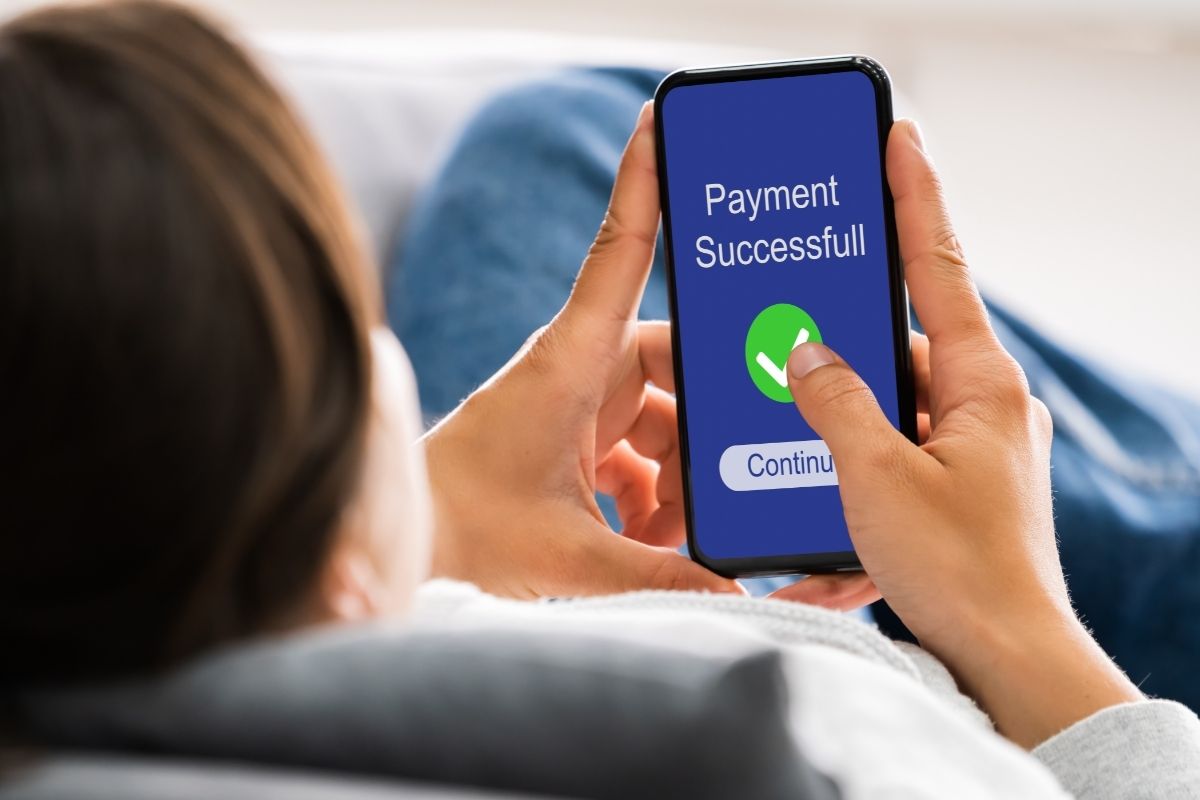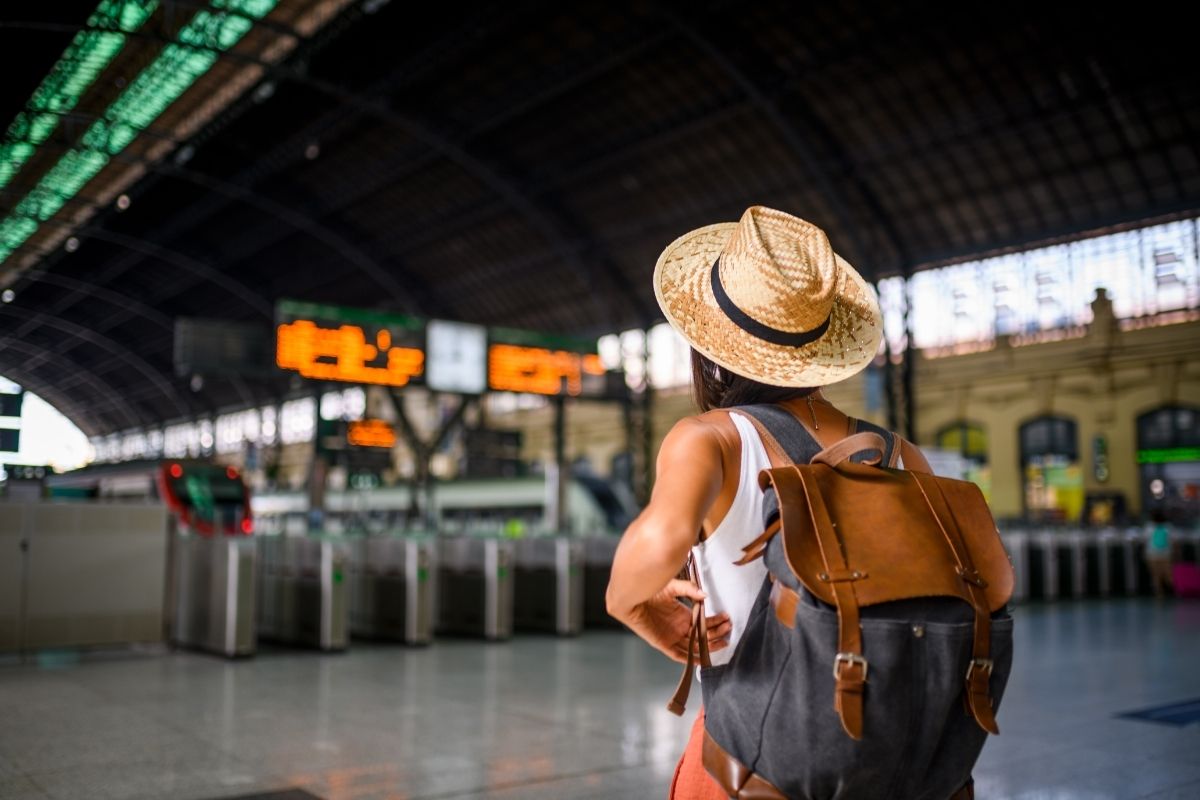If you’re just traveling to Cuba for the first time, then you may have a few questions about the currency in Cuba.
Up until recently they had two currencies: the Cuban peso and the Cuban convertible peso, but in 2021 Cuba merged these two currencies into one making it a lot easier for visitors and the locals alike.

With the new singular currency, it has made it a lot easier to navigate currency in Cuba, but you may still have a few questions regarding how to use Cuban pesos and how to exchange money.
In this guide we’ll be answering these questions for you so that you have a worry free trip.
What Currency Is Used In Cuba?
There is officially one unified currency and that is the Cuban peso (CUP), previously there was another currency alongside the Cuban Peso and that was the Cuban convertible peso (CCP).
The Cuban convertible peso was regarded as the tourist currency and many tourists would use this to pay for accommodation, taxis or food.
You can bring any type of currency with you to the island and exchange it for pesos once you arrive.
We mentioned that the official currency is the Cuban peso, but many local stores and accommodation will accept US dollars, Euros and Pound Sterling.
Can I Get Pesos In The US?
No, unfortunately you won’t be able to convert US dollars for the Cuban peso, this is the same for around the world too.
As we mentioned before, a lot of places in Cuba will accept a few different types of currency such as US dollars and Euros, so there’s no need to worry too much.
If you want to get pesos for your trip you’ll have to exchange your cash at official CADECA money exchange locations, though some visitors say that the street exchange rate is much better than the official exchange locations.
You’ll also be able to use ATMs (as long as you’re not an American citizen) to withdraw pesos straight from your bank and that’ll sort out the exchange rate for you.
It’s important to be careful if you are going to be exchanging money from an unofficial place as scams can take place, make sure to use your common sense and use places that have a good reputation.
The Cuban Peso
The Cuban peso is valued at $1USD = 24 CUP, this rate won’t fluctuate as it’s not allowed to, which is different from most other exchanged currencies.
You may find that unofficial exchange locations will offer a much different exchange rate than this, sometimes even reaching $1USD = 45 CUP due to the rapid inflation that Cuba is currently experiencing, so you may get a different rate everyday if you choose to change your money at these places.
Unfortunately for Americans, if your banking is set up through a US bank or all your credit cards are issued in the US then you won’t be able to use your cards at all in Cuba, this is because of the US sanctions placed on Cuba.
So in this case, you’ll need to bring all the cash you plan to use whilst you’re there with you.
If you’re going to be doing this, be aware of pickpockets especially in large cities like Havana, so don’t bring all your cash with you at once if you’re going out for the day and make sure wherever you’re keeping your money is secure.
The Cuban Convertible Peso
So we mentioned earlier that Cuba previously had two currencies but they have now unified into one, meaning the Cuban convertible peso has been eliminated from Cuba.
This currency was made for tourists and was intended for foreign transactions.
Some places online like accommodation sites or guides may still have their prices listed in the Cuban convertible peso, but don’t worry this just hasn’t been changed yet and you will be charged in the Cuban peso.
The Cuban convertible peso was tailored for the US dollar, the conversion rate was $1USD = 1 CUC.
Banks will still accept the Cuban convertible peso to exchange it into the Cuban peso as it is being phased out, but it won’t be in circulation anymore.
How To Exchange Money In Cuba
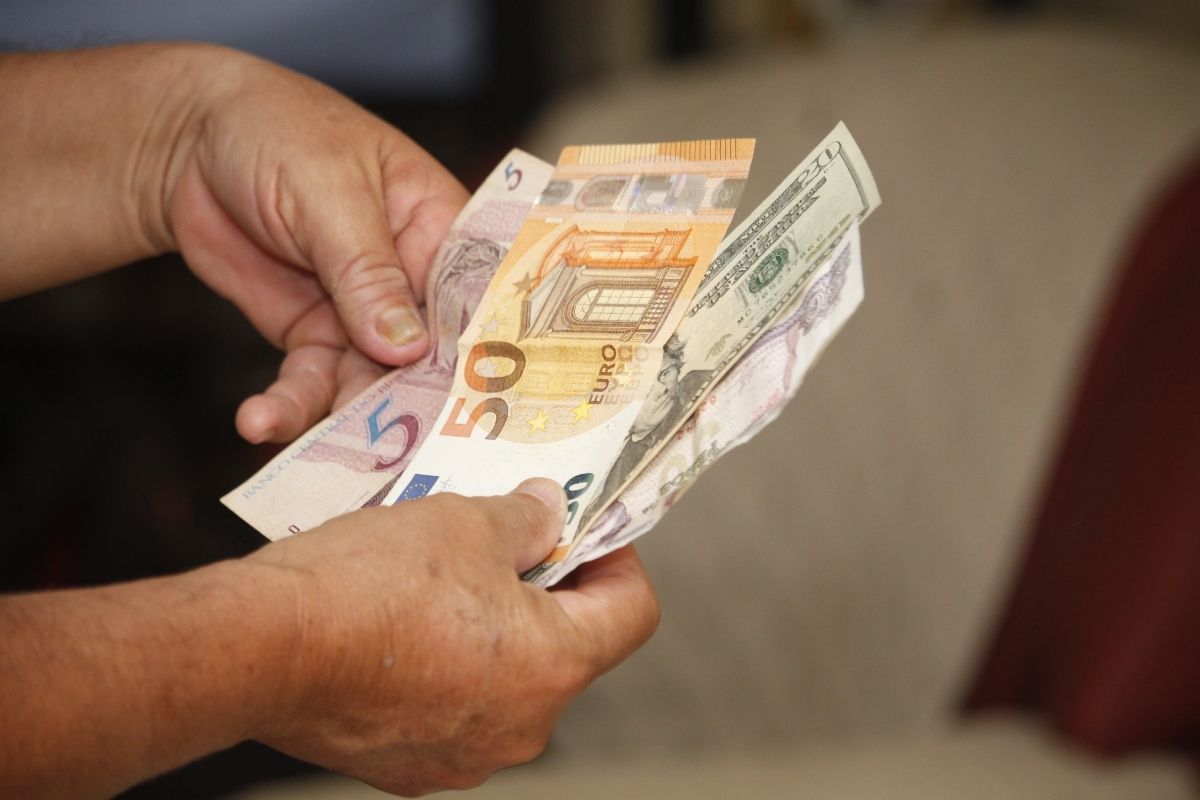
As you already know, you can’t get Cuban pesos off the island, so you’ll need to exchange your US dollars or any other currency you have once you’re in Cuba.
But a lot of Cuban businesses and stores will accept a variety of currencies and may prefer to be paid in dollars or pounds.
The official Cuba currency exchange is called CADECA (Casa de Cambio) and you probably won’t have a hard time finding one, they’re everywhere in Havana and other large cities on the island.
The only problem with these official exchanges is that the queues can be huge, so you’ll have to be prepared to take some time out of your trip to just stand around in a queue.
That’s why most people will exchange their money at their accommodation (it’s not always offered in every accommodation, so check first) or just bring their regular currency and pay with that.
If you’ve been researching the Cuban currency you might’ve stumbled across a 10% penalty that was charged on exchanging US dollars in Cuba, or you may even see some sites recommending bringing alternative currency to avoid this.
Be assured that the 10% penalty on the US dollar was dropped in 2020, so you’ll be charged the regular surcharge when converting any currency.
It may be a good idea to ask the host of wherever you are staying where the best place to exchange money is, they will most likely be a local and be able to give you the best exchange rates of the unofficial exchange locations.
It’s best to exchange a little bit at a time and try to judge how much you’re spending a day to ensure that you’re not stuck with a lot of pesos at the end of the trip that you’ll have to exchange back in the US, which you may not be able to do.
Prepaid MLC Cards For Travelers
There is another option if you don’t want to be carrying cash around with you whilst you’re on the island. On June 21 2021, the Cuban government launched prepaid MLC cards that are exclusively for foreign travelers.
The Cuban bank BANDEC issues these cards and they can be used to pay for goods and services at any place that accepts them.
You can research beforehand to see what types of stores and restaurants will accept these cards, a lot of places will be MLC exclusive and be preferred to be paid in this way and thus may have more stock than other stores.
MLC is a free convertible currency and is essentially a foreign currency.
These can be especially useful if you’re a US citizen and can’t use your credit card due to the US sanctions on Cuba. There is some information you should know about these prepaid MLC cards first.
These cards are only available in denominations of US dollars, so there is a $200 card, a $500 one and a $1000 card. The cards are only valid for 2 years and you can only pay in MLC.
You can buy these cards at BANDEC offices and CADECA currency exchange locations and you can only withdraw the money on the card in Cuban pesos and if you have any remaining on the card after your trip, CADECA will refund you the amount on the card in Cuban pesos.
How Much Does Cuba Cost?
It’s hard to say as everyone will be different, but compared to America it’s much cheaper as a whole. It’s said to expect to spend around 87 Cuban pesos a day which is equivalent to $33.
On average a meal may cost you around 211 Cuban pesos ($7.98) and 204 Cuban pesos ($7.71) on public transport.
An average night for one person in Cuban accommodation is 488 Cuban pesos ($24.96). So as a whole, staying in Cuba for your trip will be a lot cheaper than it would be if you were staying in the US.
How To Avoid Currency Scams
The most popular way to exchange currency whilst in Cuba is exchanging it unofficially either at your accommodation or at a local store as the street exchange rate is much better than the official exchange rate.
Cuba is a relatively safe country, but like most popular cities scams can occur due to the sheer amount of tourists that are around.
So it can be difficult to know where the best place to exchange your money is if you’ve never been there before.
Being scammed in a currency exchange can go one of two ways.
You either receive forged cash in exchange for your real currency or you receive the eliminated currency of the Cuban convertible peso that is no longer in circulation in Cuba.
Either way, if you’re a victim of either of these scams, it’s going to be a downer on your trip, so how can you avoid it?
In regards to being scammed by receiving the Cuban convertible peso instead of the Cuban peso, the Cuban convertible peso bills don’t have faces on them and they will also say “pesos convertibles” in the center of the bill.
If you do receive any Cuban convertible pesos, you’ll most likely be able to give them to a bank on the island that will exchange them for Cuban pesos, so don’t worry too much if you have been scammed this way.
To avoid someone scamming you by giving you fake money, you should make sure that you go to a reputable exchange place that is often used by foreign travelers.
It can be hard to know where to go if you’ve never been to Cuba before, but most hosts of accommodation will be more than helpful in letting you know where to go and where the best exchange rate will be.
You could also research online about exchange places near to where you are staying, this will also most likely show the reviews too so you’ll know if the business has a good reputation in regards to exchanging currency.
Final Thoughts
Currency in Cuba is extremely unique, and you probably will never have witnessed a place like it when it comes to exchanging money.
This can make it incredibly difficult to actually know what to do when you’re there as they’re are many different rules and restrictions on the island compared to other countries or the US.
For a first time visitor it can be quite tricky, but as long as you know a few basic things then you should be absolutely fine.
Cuban pesos is the official currency of Cuba and you can exchange your currency in Cuba for the pesos, but you can also spend other currency you may have whilst you’re on the island.
MLC cards are useful if you’re an American because you cannot use your card whilst you’re in Cuba.
Finally, make sure that you exchange your currency at a reputable place if you’re not exchanging it at the official CADECA exchange location (remember you’ll get a better exchange rate from unofficial currency exchange locations), to ensure that you’re not victim to any currency scams that exist on the island.
If you enjoyed this article, you might enjoy our post on ‘Santiago De Cuba‘.
- What Is The Largest Island In Cuba? - September 19, 2022
- Havana – Why Is It Cuba’s Most Exciting City? - September 19, 2022
- Cheapest Time To Visit Cuba (Ultimate Guide) - September 19, 2022

